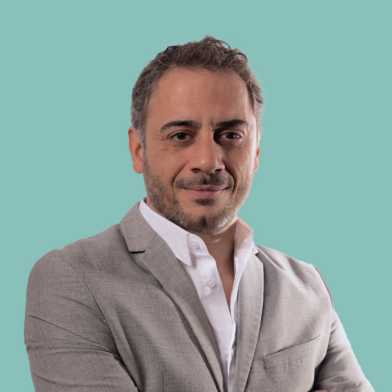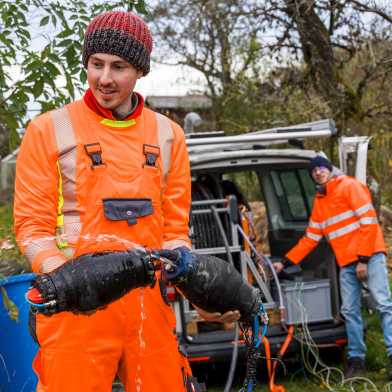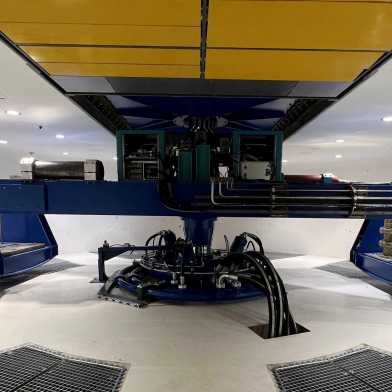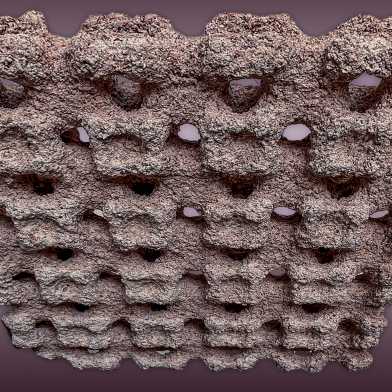January 2025
Protecting our groundwater

Joaquin Jiménez-Martínez combines experimental work with advanced modeling to explore how water moves and interacts with its environment. With expertise spanning from micrometer-scale pore processes to field-scale hydrology, his research is dedicated to understanding and protecting our underground reservoirs. On the occasion of his appointment as Adjunct Professor, we asked what currently drives him in research and teaching.
What location data reveals about you

Location data allows rich insights into private details about our lives: where we live and work, how we spend our free time and what is important to us, says Nina Wiedemann. This poses a considerable security risk – even if we have nothing to hide.
New method detects corrosion in reinforced concrete, even in hard-to-reach places

Whether tunnels or retaining walls – many Swiss reinforced concrete structures from the 1960s to the 1980s are at risk. Corrosion can make them unstable. ETH start-up Talpa Inspection has now developed a solution to localise corrosion more easily, even in hard-to-reach places.
Spinning for science

Planning and building Europe’s largest capacity geotechnical centrifuge took seven years. Now, after one and a half years of operation, its official inauguration is finally being celebrated at the Hönggerberg campus. And it’s no coincidence that this is happening today.
Sustainable building components create a good indoor climate

Researchers at ETH Zurich led by Professor Guillaume Habert and Magda Posani have developed a climate-friendly covering for walls and ceilings that temporarily stores moisture, creating a comfortable environment in heavily used indoor spaces. The covering components are made of mineral waste materials and are produced by means of 3D printing.